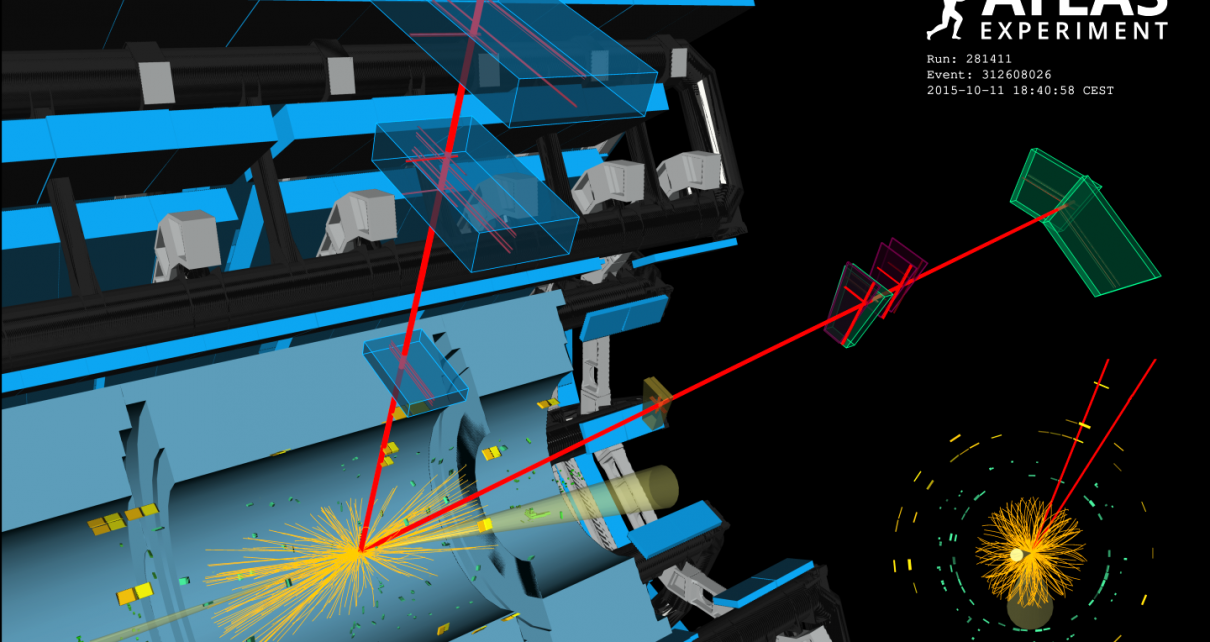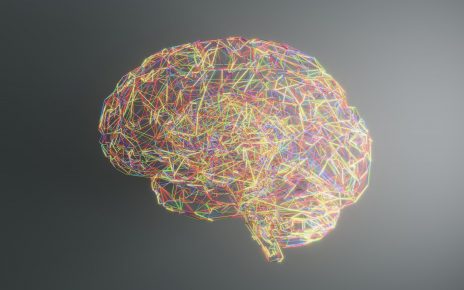In the periodic table, no element is more important than another one. But in the Standard Model—a theory that explains the smallest constituents of the universe and the forces that govern them, minus gravity—the Higgs boson is arguably central. Like other elementary bosons—such as photons, the particles of light—the Higgs is a “force carrier.” Instead of carrying the electromagnetic, strong or weak force, it carries mass to all the elementary particles via the so-called Higgs field, which pervades the universe.
Particles that interact, or “couple,” strongly with the Higgs field are massive. Those that couple with it weakly are lighter. Photons do not interact with the Higgs at all. And as a result, they have no mass.
But experimentally proving that all the elementary particles that have mass get it through the Higgs field has remained difficult. Now particle physicists have, for the first time, found direct evidence that this field is the mechanism that gives mass to muons, the heavier cousins of electrons. Analyses from ATLAS and CMS, two experiments at the Large Hadron Collider (LHC) at CERN near Geneva, have shown that the Higgs boson can decay into two muons—which demonstrates that muons couple with the Higgs field, where they get their mass.
Particle physicists are not surprised by the outcome. The Standard Model, which has proved stubbornly accurate, predicts that the Higgs field gives mass to all elementary particles. But to actually confirm that idea, scientists need experimental evidence for each type of particle, says Stefania Gori, a theoretical physicist at the University of California, Santa Cruz, who was not involved with the research.
“Obviously, the Standard Model is a great theory,” she says. “But seeing [the Higgs interact] in nature has a very different weight than just assuming it because of our theory.”
When a new particle was discovered by ATLAS and CMS in 2012, it was initially dubbed “Higgs-like,” because no one knew just how many properties it would share with the Higgs boson that had been postulated by a cohort of physicists in the early 1960s. “I don’t think that, because in 1964 they wrote down something, that immediately from one measurement, all the other things follow,” says Tristan du Pree, an experimental physicist at ATLAS. “That’s why I think [a Higgs decaying into two muons] was still a very important test that could have gone and been something else.”
As the Higgs boson has passed more tests and grown ever more “Higgs-like,” the “like” qualifier has quietly been dropped. But the effort to understand the particle’s properties has only grown.
How to Find a Higgs
To create a Higgs boson from scratch, physicists smash particles together like a subatomic car crash test. The LHC provides the necessary oomph: it accelerates protons to nearly the speed of light, giving each of them an energy of 6,500 giga electron volts, or GeV (at rest, protons have an energy of roughly 1 GeV). These accelerated protons circulate through the LHC’s 26.7-kilometer-long tunnel until they collide. Such encounters create a spray of particle debris—and in rare cases, the elusive Higgs boson.
It is not possible to actually observe the Higgs boson, which lasts for about a sextillionth of a second. But scientists can see what particles it decays into. Initial evidence for the Higgs came from it decaying into its fellow bosons.
Particle decays are a matter of random chance described by so-called branching ratios. Each of the many possible decay processes is a “branch” with a certain probability, a bit like rolling a die to choose which road to take at an intersection with many forks. In general, the Higgs—which possesses an energy of 125 GeV—decays most easily into heavy rather than light particles. So, for instance, its decay will create a spray of 4-GeV bottom quarks 10 times more often than a shower of 1-GeV charm quarks. A Higgs boson decaying to two muons (which weigh in at 0.17 GeV apiece) is relatively rare—it happens only once in 5,000 times. When such a decay does occur, ATLAS and CMS see two muons with a combined energy of 125 GeV flying off in opposite directions.
The latest combined measurement is statistically significant to nearly four sigma, which means there is a roughly one-in-15,000 chance the result is a random fluke, assuming the Higgs does not decay to muons. Such evidence is strong but short of the five-sigma standard a one-in-3.5-million chance) physicists prefer.
Previously, evidence the Higgs ever decayed into two muons was so weak that theorists’ efforts to come up with models in which the muon got its mass elsewhere were perfectly justified. One proposal by another physicist that du Pree cheekily referred to as the “TRISTANdard Model,” for example, used three different varieties of the Higgs boson to give mass to each generation of particles.
Convention dictates that the 12 fermions (particles of matter) in the Standard Model are divided into three generations. The particles in one generation have counterparts in another that exhibit identical properties and behavior—so far as we can tell—except for their mass. Under this universality, taus are more massive versions of muons, which are merely more massive versions of electrons. And because what we call “mass” is just a result of how much a particle interacts with the Higgs field, the difference between each generation might only be how much each particle couples with the Higgs boson. But until now there was no evidence the Higgs coupled with fermions outside of the third generation.
“This was the first time there’s ever been an interaction between the Higgs and the second generation,” says Marc Sher, a theoretical physicist at the College of William & Mary, who was not involved with the research. “It’s really a special test of universality, because if there was something different with the generations, this might be the first place you would see it.”
Unfortunately for physicists looking to depart from the predictions of the Standard Model, the muon seems to get its mass from the same place as the tau. But in many ways, the hunt for novel Higgs physics is only beginning.
In June the 2020 report from the European Strategy Group, a consortium of particle physicists who periodically convene to determine research priorities for Europe, stated that its highest-priority goals are investigating the properties of the Higgs. “The Higgs boson is a unique particle that raises profound questions about the fundamental laws of nature,” the report states. “It also provides a powerful experimental tool to study these questions.”


